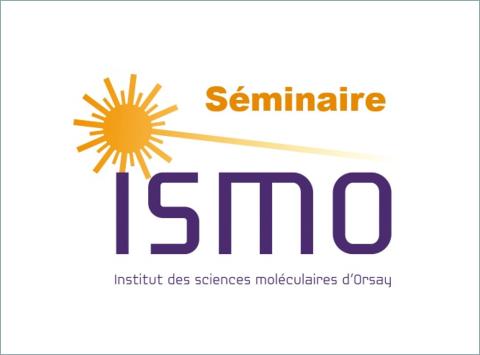
Exciton-assisted tunneling in van der Waals heterostructures
Exciton-assisted tunneling in van der Waals heterostructures
Sotirios Papadopoulos
ETH Zurich
Transition metal dichalcogenides (TMDs) are semiconductors that have attracted attention due to their interesting electronic and optical properties. By combining TMDs with conductors (i.e. graphene) and insulators (i.e. hexagonal boron nitride - hBN) we can fabricate electrically-controlled light-emitting tunnel junctions. In this talk, I will discuss the various inelastic tunneling processes present in van der Waals tunnel junctions with a focus on our recent results on exciton-assisted tunneling. Excitonic emission is observed in tunnel junctions in which the TMD is positioned outside of the tunneling pathway. In addition, prominent resonant features appear in electrical measurements. I will talk about how we interpret these effects as energy transfer from tunneling electrons to excitons and what is its contribution to light generation in such devices. Finally, I will discuss the prospects of applying the acquired understanding not only to design efficient light sources and photodetectors but also to demonstrate all electrical on-chip spectroscopy of two-dimensional materials.
http://www.ismo.universite-paris-saclay.fr/spip.php?article2848
Exciton-assisted tunneling in van der Waals heterostructures
Sotirios Papadopoulos
ETH Zurich
Transition metal dichalcogenides (TMDs) are semiconductors that have attracted attention due to their interesting electronic and optical properties. By combining TMDs with conductors (i.e. graphene) and insulators (i.e. hexagonal boron nitride - hBN) we can fabricate electrically-controlled light-emitting tunnel junctions. In this talk, I will discuss the various inelastic tunneling processes present in van der Waals tunnel junctions with a focus on our recent results on exciton-assisted tunneling. Excitonic emission is observed in tunnel junctions in which the TMD is positioned outside of the tunneling pathway. In addition, prominent resonant features appear in electrical measurements. I will talk about how we interpret these effects as energy transfer from tunneling electrons to excitons and what is its contribution to light generation in such devices. Finally, I will discuss the prospects of applying the acquired understanding not only to design efficient light sources and photodetectors but also to demonstrate all electrical on-chip spectroscopy of two-dimensional materials.
http://www.ismo.universite-paris-saclay.fr/spip.php?article2848
